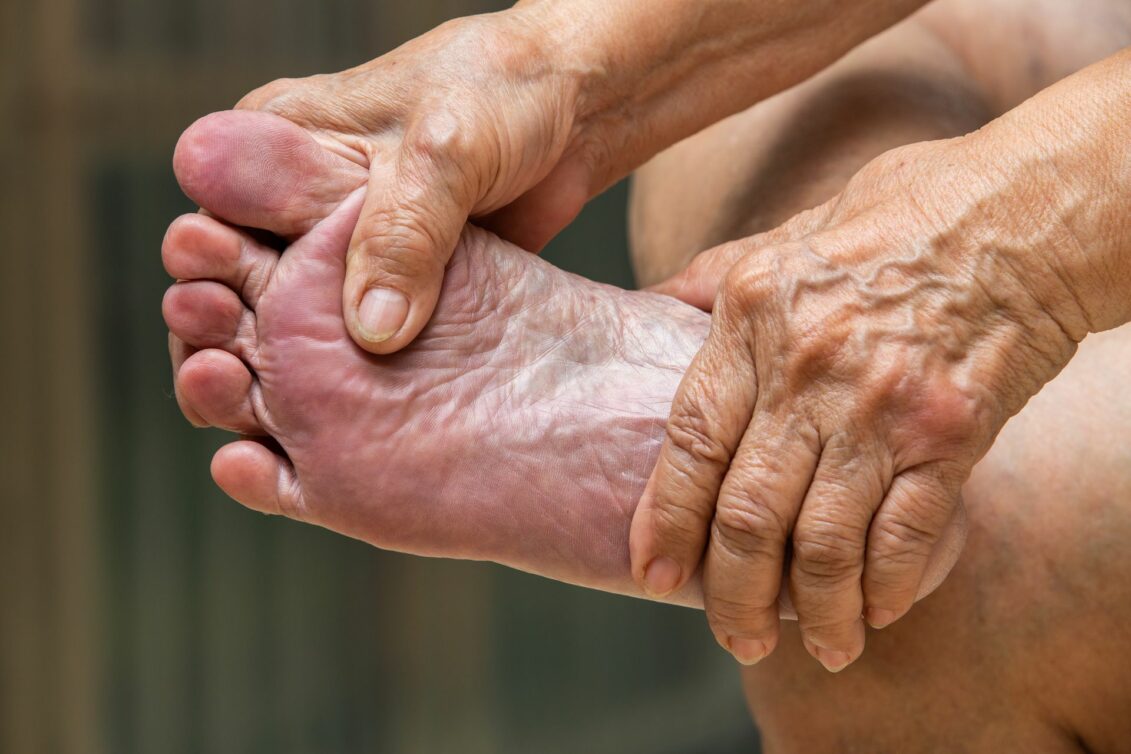
Vascular Problems
Maintaining vascular health is an integral part of aging well. The vascular system, which includes arteries, veins, and capillaries, guarantees the delivery of oxygen and nutrients throughout the body. Over time this system faces wear and tear, increasing the risk of vascular problems. Understanding common issues, recognizing symptoms, and making lifestyle adjustments can contribute to healthier aging and improved quality of life.
Common Vascular Problems in Aging
Aging can cause several vascular issues. One common condition is atherosclerosis, which occurs when fatty deposits build up on the walls of arteries. This may lead to reduced blood flow and complications in various parts of the body. Peripheral artery disease (PAD), a condition in which arteries in the legs narrow or become blocked, occurs more frequently in older adults.
Another condition to monitor is deep vein thrombosis (DVT), which is characterized by blood clots forming in the deep veins, often in the legs. If these clots travel to the lungs, they can cause serious health complications. Chronic venous insufficiency (CVI), in which veins in the legs fail to carry blood back to the heart efficiently, also tends to increase with age, potentially leading to swelling, skin changes, or ulcers.
Signs and Symptoms of Poor Circulation
Spotting early signs of poor circulation is a key step in addressing vascular problems. One symptom to watch for is persistent swelling in the lower legs or feet, which may indicate reduced venous function. Cold hands or feet and changes in skin color can also be signals of restricted blood flow.
Pain or cramps in the legs, particularly when walking or resting, may indicate conditions such as PAD. Non-healing sores or ulcers on the feet or ankles often suggest poor circulation and require further evaluation. Numbness, tingling, or a general heaviness in the legs can also indicate underlying vascular issues.
The Link Between Vascular Health and Mobility Issues
Vascular health plays a foundational role in maintaining mobility. When blood flow to the legs is restricted, moving around comfortably can become a challenge, negatively impacting a person’s ability to stay active. PAD often results in pain during walking, referred to as claudication, which discourages physical activity over time.
Overlooking mobility issues that stem from vascular problems may lead to other complications. Reduced activity may result in muscle weakness or joint stiffness, which can cascade into further limits on mobility. Addressing concerns as they arise allows older adults to maintain a higher degree of independence and functionality.
How Lifestyle Changes Can Improve Vascular Health
Adopting healthier habits supports better vascular function. Regular physical activity, such as walking or swimming, encourages blood flow and strengthens the cardiovascular system. Exercise contributes not only to vascular health but also to greater overall mobility and endurance. A diet rich in fruits, vegetables, whole grains, and lean proteins supports the vascular system, while reducing saturated fats, sodium, and added sugars is equally beneficial. Tobacco use, a significant risk factor for vascular diseases, negatively impacts circulation, making smoking cessation a priority.
See a Vascular Specialist for Evaluation
For older adults, regular check-ups with a vascular specialist offer additional support in managing vascular health. These consultations assess risks, discuss symptoms, and explore tailored treatment options. If you or someone you care for is experiencing signs of poor circulation or struggling with mobility, schedule a visit with a vascular specialist today. Proactive evaluation can lead to health strategies that help maintain independence and improve quality of life.
Discover the latest news and updates on The Blog Verge






